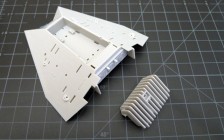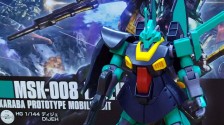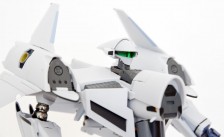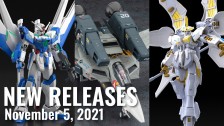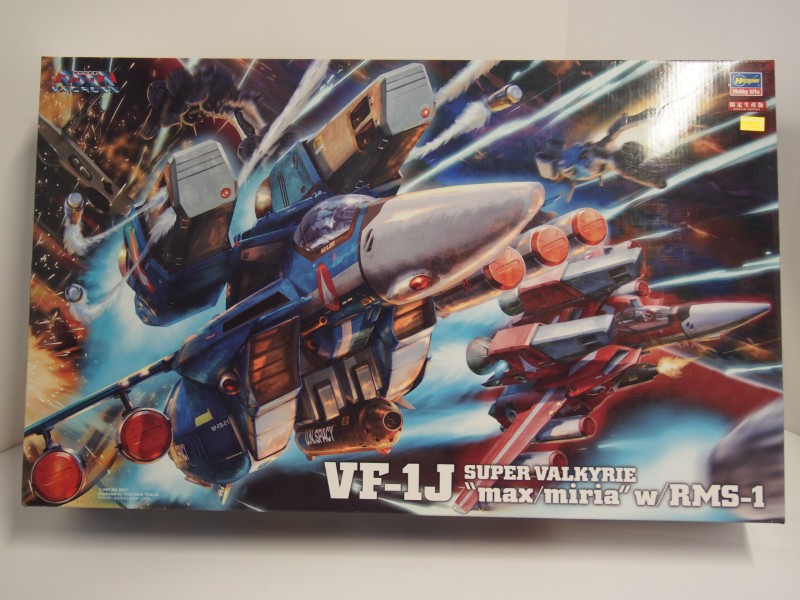
Though this exact model is not available, the Roy Foker Special Strike version is available from HobbyLink Japan.
The Jet Set
In a previous build for the SDF-1, I noted that both Kawamori Shoji and Kazutaka Miyatake were somewhat disillusioned by the gaudy ‘robots’ of the Super and Hybrid era mechs with which they grew up.
I’ll copy in the relevant section of that review here for sake of brevity.
“The super robots and ships of the Golden Age age borrowed heavily from these serials. Lots of style, lots of chrome and sweeping curves, but as the ’60s turned into the ’70s a new generation was absorbing different sources of information and wondering what the next step should be.
Mazinger Z, Atragon, Ultraman, Godzilla, and Tetsujin 28 (among others) simply could not hold onto the attention of children in an age in which the technology of the day (and especially of war) was increasingly ‘on display’ to the masses, as both sides in the Cold War showcased their assets (in a controlled fashion) at every possible opportunity.
During WWII and the years thereafter, most children’s conceptions of fantastic mechanical design were bound by the imagination, in that very few ever came into close contact with the tech itself.
However, by the time Apollo 11 touched down on the lunar surface, a generation of children around the world was having its expectations of technology expanded massively, as the Eagle and the Bear both strove to proclaim to the world just what had been (and by extension what *could be*) achieved through the force of their respective social wills.
Into this post Star Trek, post (almost) Vietnam War world stepped an interesting bunch of young guns, who felt that the worlds which their imaginations inhabited demanded forms of technology which were both more ‘real’ (or more realistic) than the ones on display in their youth and conversely grander in scope and magnitude than the rather simplistic devices which were the stuff of the transition years of 1966-74.
As the wonder of television brought us napalm strikes on Vietnamese villages, jets launching from US carriers, and all the glories of the shrinking world, inventive minds in Tokyo were coming to the same conclusion: the future was to be rooted in the present if it was to have any worth.
Gone were the days of ships of the imagination, and in came a series of machines drawn as much from life as from myth, led by the wunderkinden who formed the now legendary Studio Nue: Naoyuki Kato, Kenichi Matsuzaki, Haruka Takachiho and, of greatest importance to us today, Kazutaka Miyatake (for more detailed info on Master Miyatake, please see my earlier review of the Tokamak Dunbine).
imeab1022These young creators had come together, first as ‘Studio Crystal’ on the back of the making of 2001: A Space Odyssey, convinced that the very down-to-earth and practical ‘clunkiness’ of the technology presented in the film did more to establish the authenticity of its narrative than could any number of sleek silver ships of old. Further, they were all, it seems, fans of the aesthetic of the British modelers (such as Derek Meddings, Brian Johnson, and Martin Bower) who worked on series such as UFO, Captain Scarlett, and Space 1999 (all Gerry Anderson series), as well as high profile films such as The Empire Strikes Back.* It was with this pedigree in mind that Nue created a series of designs which were ever more distant from the sleek aesthetics of the past.
* Indeed, it is suggested by Master Miyatake that a glimpse of a ‘chicken legged’ AT-ST scout walker in one scene of this film became the inspiration for the reverse articulation of VF series Valkyrie’s remarkable GERWALK configuration (though elsewhere he also suggests that Nue had the idea first and was rather crestfallen that ILM had beaten them to the punch… ? ).
Miyatake and Co. began moving their work towards the ‘now’, and rooting their technology in materials which they knew audiences would recognize, and therefore recognize as plausible. Indeed, it could be argued that before Studio Nue, the very concept of ‘mechanical designer’ for Japanese media did not really exist, whereas today, the men and women who craft the technology for anime/games/whatever are as much the stars as anyone else.
Initially (and much as T-Rex today) the Nue team began life as technical designers on a series of toys, injecting new life into the marketplace with increasingly complex and realistic offerings. However, it did not take long for them to get into television, as their work attracted the attention of advertising company Big West. Liking the Nue approach, in 1977 Big West helped them get funding for a more realistic mech series to challenge the might of the seemingly all powerful Mobile Suit Gundam, and to that end, Miyatake was asked to come up with some concepts for a ship around which the base this ‘Megaroad’ (or megaload) concept.” (full review: here. Credit. Me… 😉 )
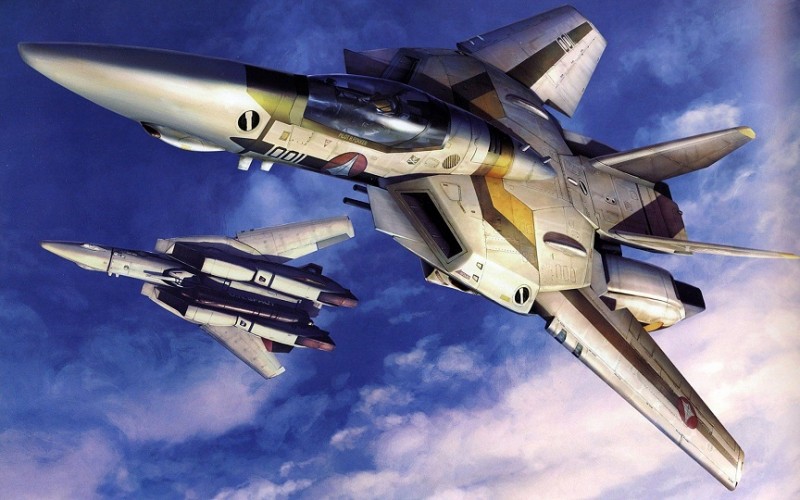

The VF-1 Valkyrie
Of all the mechs of the Macross series, despite my passions for battlepods, it cannot really be denied that the most evocative of all the designs is the so-called Variable Fighter 1 (codename Valkyrie).
Designed by Kawamori Shoji with assistance from Kazutaka Miyatake, the notion of the signature mech being as ‘real’ as possible was central to the design philosophy and was paramount. Kawamori himself had been obsessed with watching news reports coming out of the Vietnam War and especially on the US Navy’s use of the F-14 Tomcat as a carrier fighter. The very idea of variable swept wings (more colloquially known as ‘swing wings’) lent itself to his imagination and with seemingly very little effort the Studio Nue designer created a craft that could simply fold up on itself, and turn from an agile interceptor into true ‘Mechanized infantry’ (albeit on a giant scale).
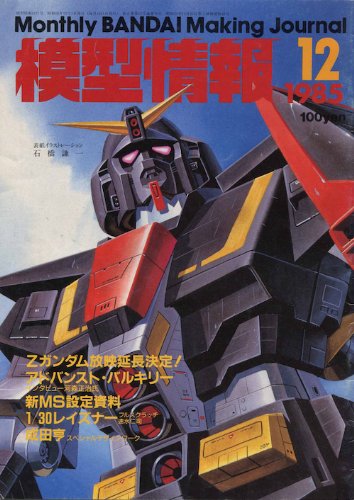

Indeed, when interviewed in the December 1985 issue of Bandai’s model journal “Mokei Jouhou,” Master Kawamori elucidated on this idea. He states that, though the series came to be dominated (and the world of mecha design changed forever) by fighters, this was not the initial idea. Though fascinated by the carrier craft of the newsreels of the early ’70s, Kawamori began with the F-14 as a starting point, and determined to make variable wings a part of the design (as the perfect back plates which they become), it was not initially intended that the VF-1 would end up looking so much like the fighters of the period (F-14, F-15, and so on). As he says himself:
“When designing the VF-1 Valkyrie, it slowly began to drift back towards the F-14, and because of the fact that I had begun with the battroid form, I rather took things a little too far. It was not based on the F-14, but…”
It seems simply to be a matter of Kawamori’s understanding of aero technology, and a desire to project his designs into to time period in which they were set. This logically meant creating a synthesis of all the designs of the late ’70s and looking at how planes had evolved over a similar time period to the one being considered with the Macross project (created in the early ’80s but set in the late ’90s). Add to that his simple love for the aircraft as a form and you have, as he tells us himself:
“[aircraft are] mechanisms that the air to the ground without any effort, and this is the essential heart of my love for them. I adore my Valkyrie because it is something of a logical progression of the the technology of the current age and rather feel that, if it were to simply fold into GERWALK form, it might even be practical. Add to that its own charm and it is rather special […] The Valkyries are essentially real aircraft, even if they exist in my future imagination, just as Zero or the Mustang [must have been to their designers] aircraft which are the staple of so many WWII films. So, the Variable Fighter really ended up being just an extension of my own mind.”
The article itself touches on some of his dislike for the TV series ultimate VF-1 form – the Super Valkyrie – in that it did not seem organic enough for Master Kawamori (leading him to further designs – such as the Advance, VF-4, and so on; some of which did feature in Macross series/OAVs). This, to me, is something of a surprise, as this very ‘ad hoc’ nature of the Super Valk which I myself loved – as if the creaw aboard the SDF-1 did what they could, with what they had to bring the VF-1 up to the mark against space dedicated Zentradei units like the powered suits favoured by enemy aces.
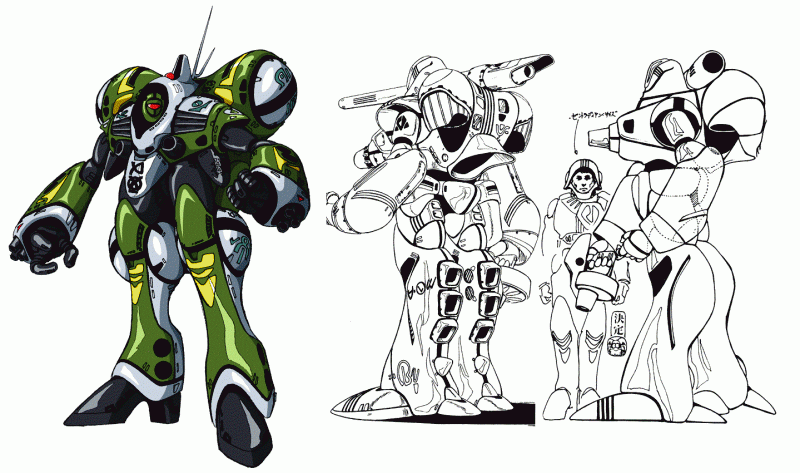

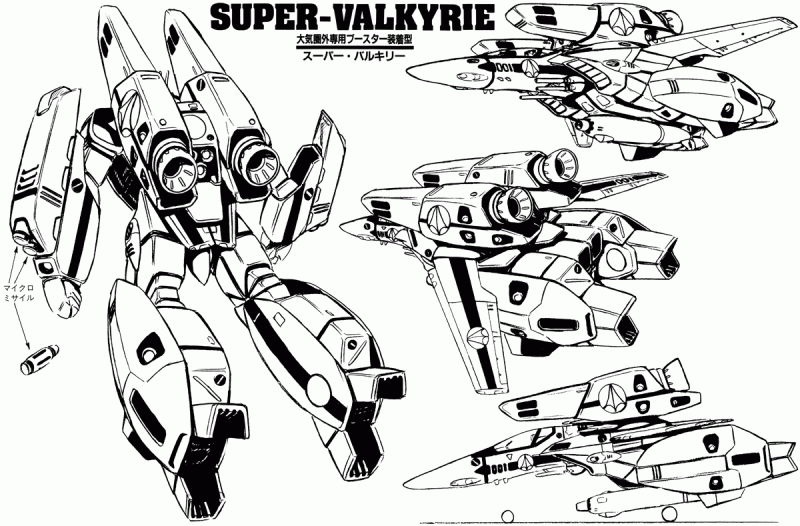

I’m certainly not one to place my views up against the man who gave us the Roy Fokker Special.
However…
I love the Super Valk, so ya boo to you!
Seriously though, let’s get into this baby…
Unboxing



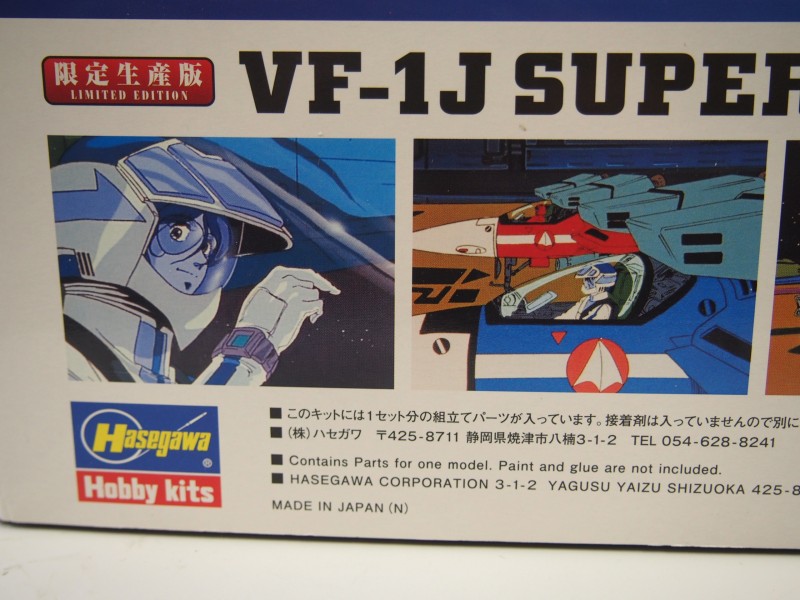

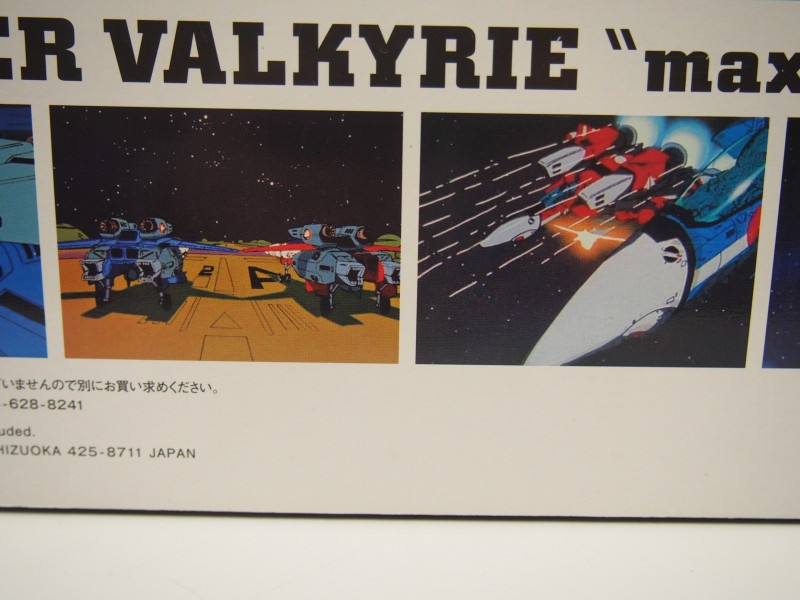

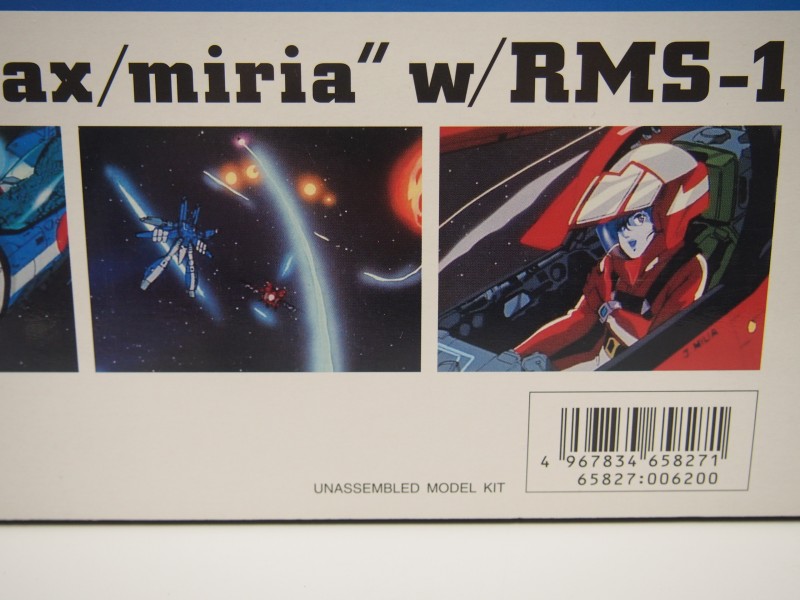

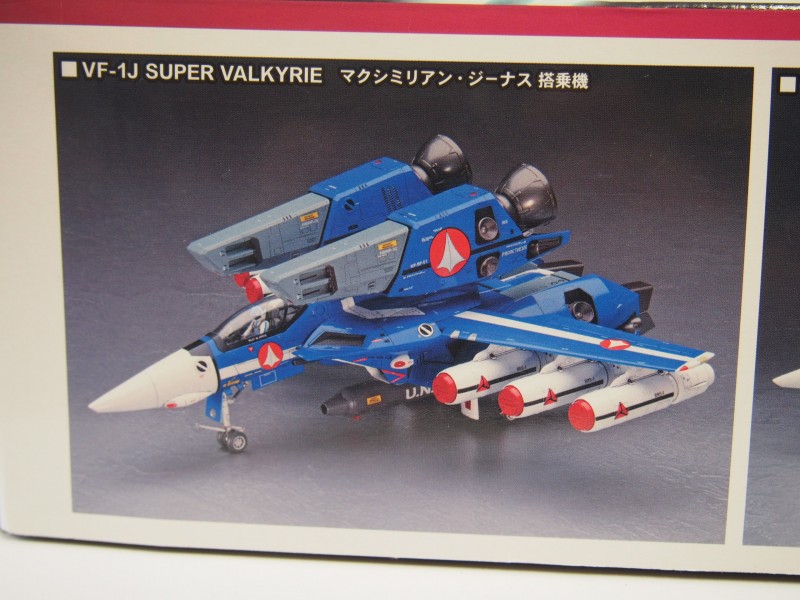

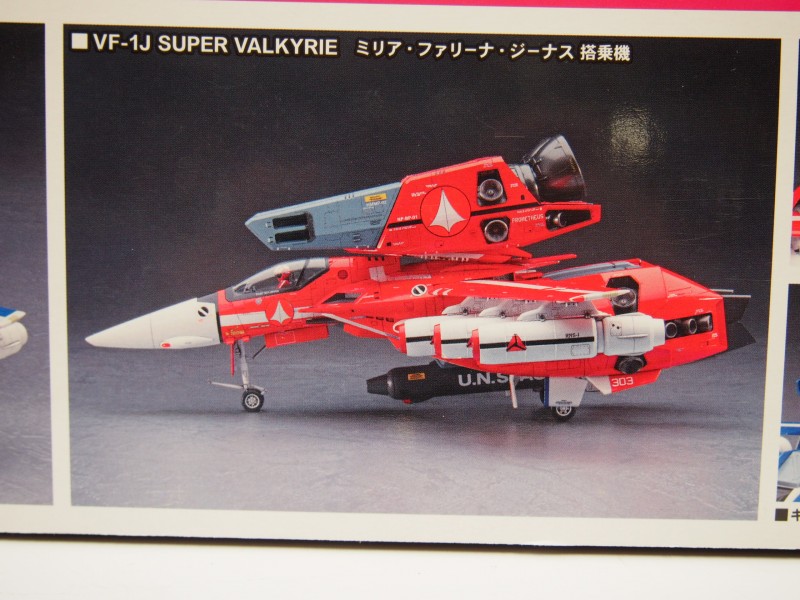

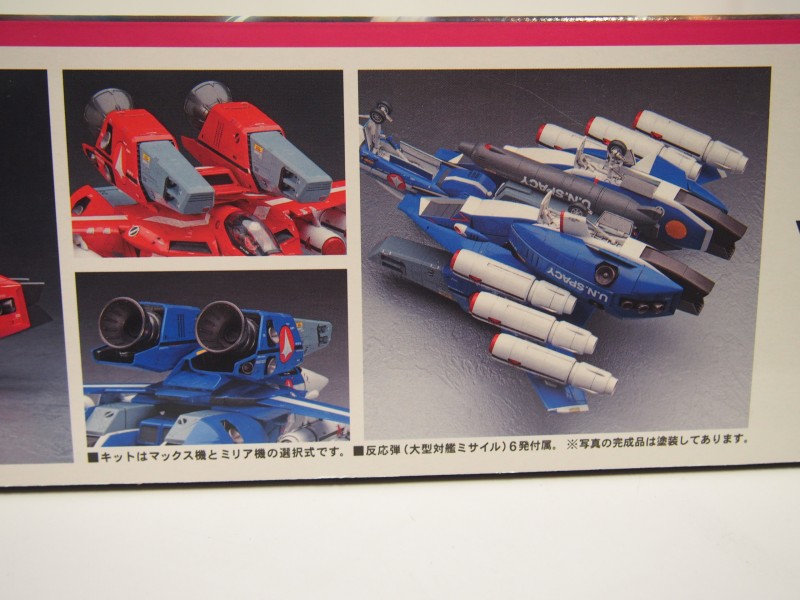

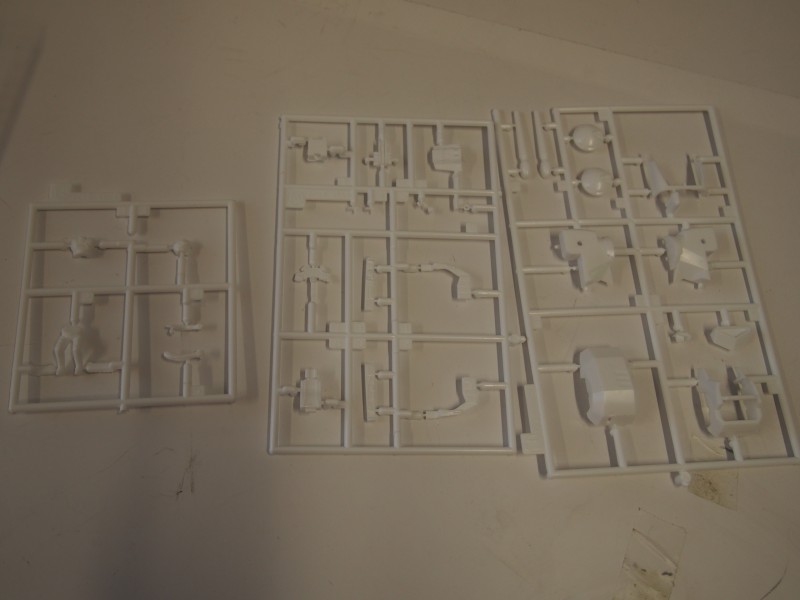

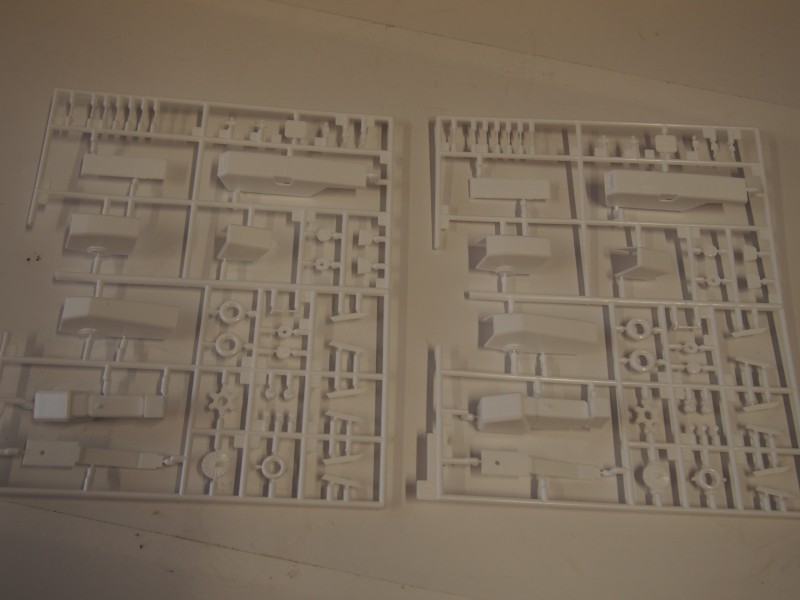

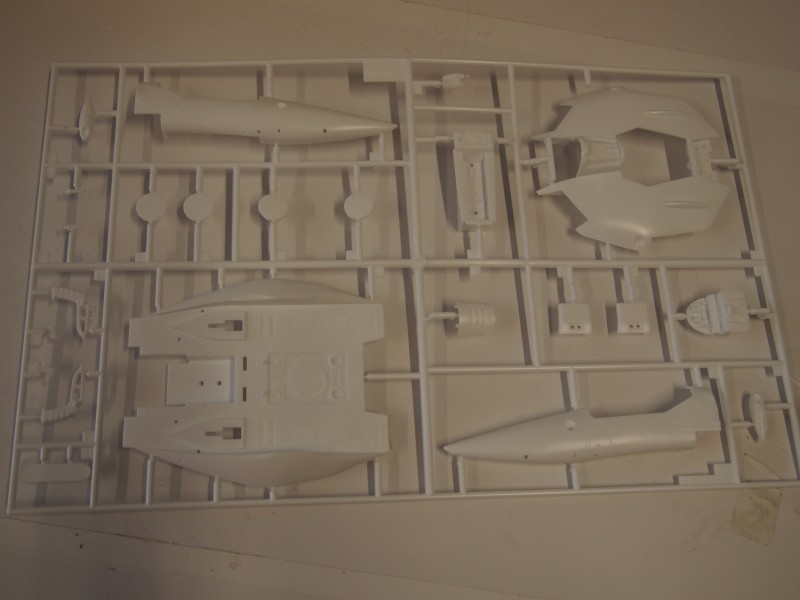

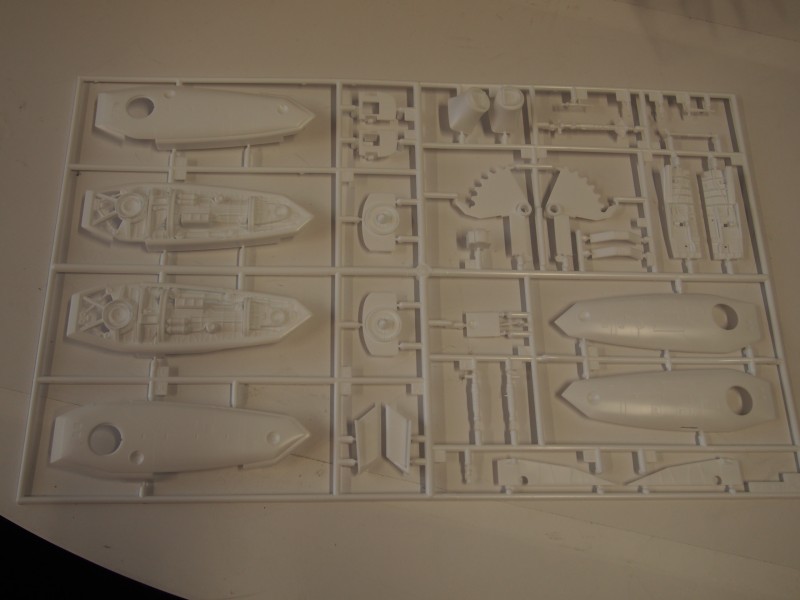

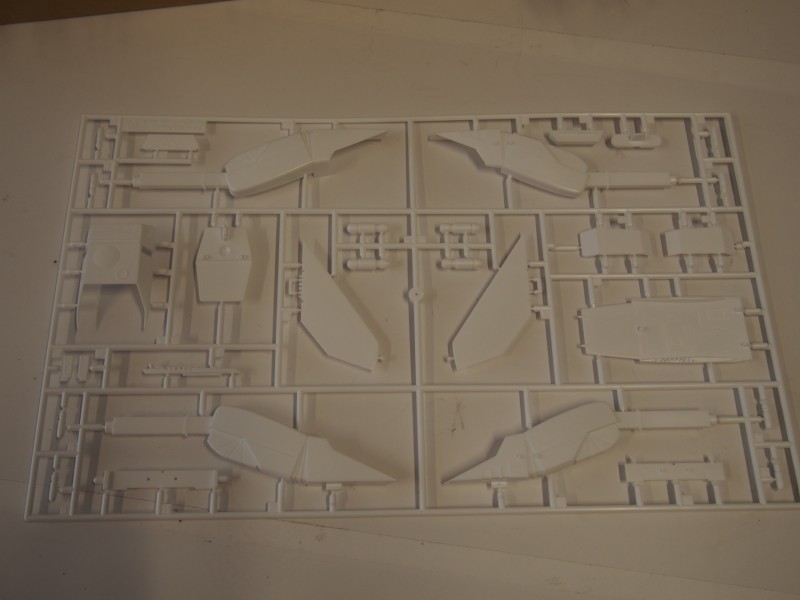

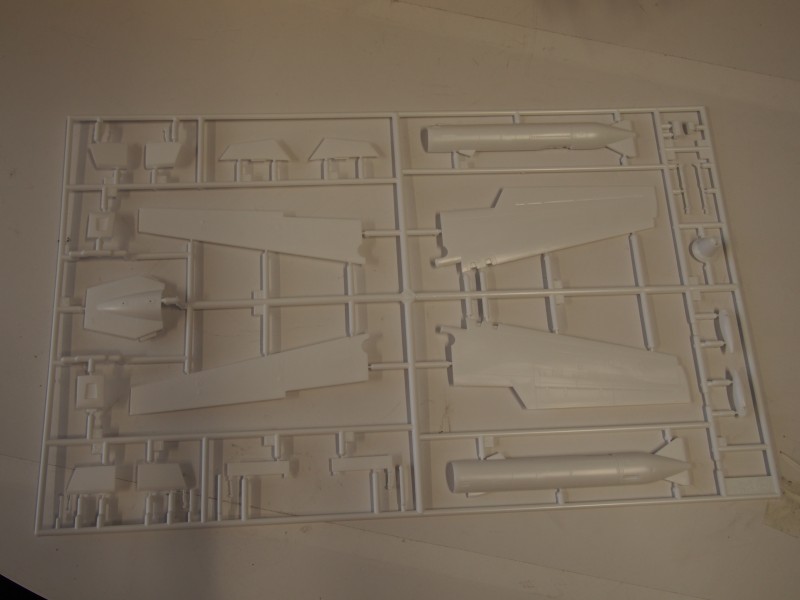

I can understand why Hasegawa deals with fixed-pose models. Imai had all manner of trouble back in the day with their own converting models, and as much as I would like to have a full set – since the dissolution of Yamato Toys – I’d rather have a stable and accurate single form model.
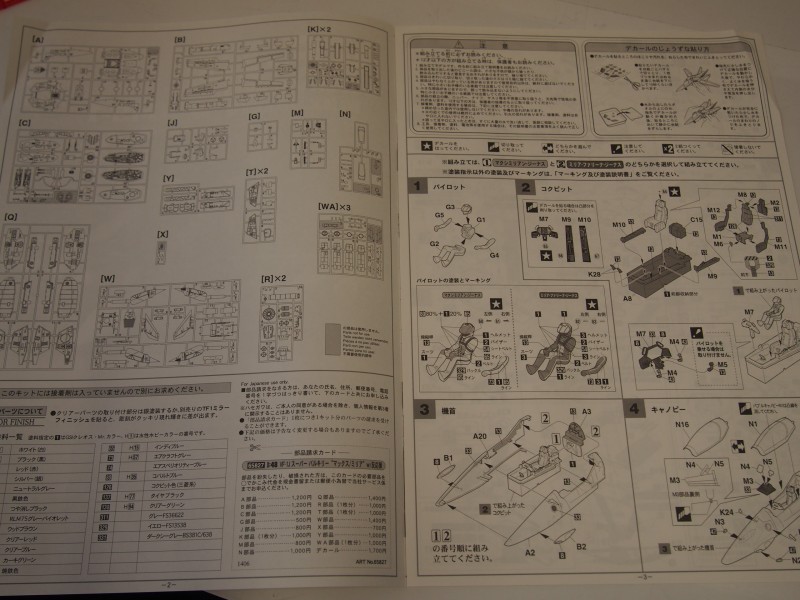

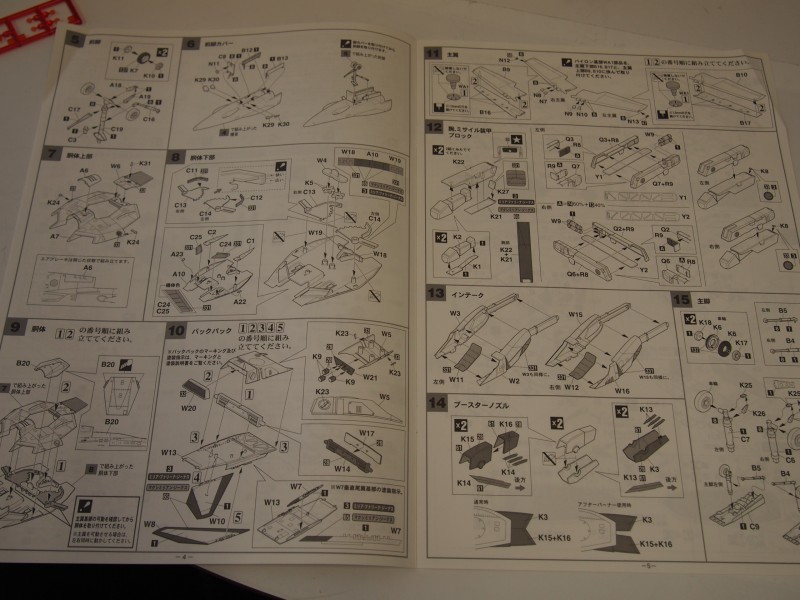

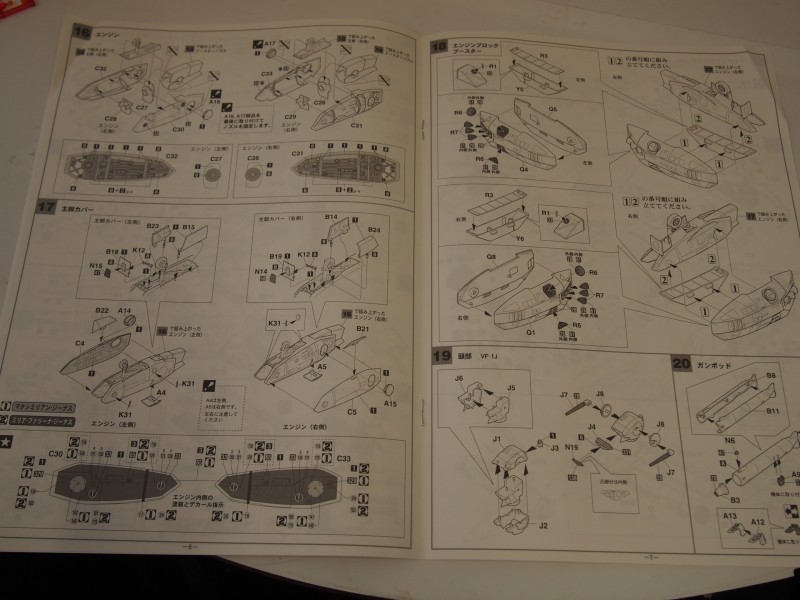

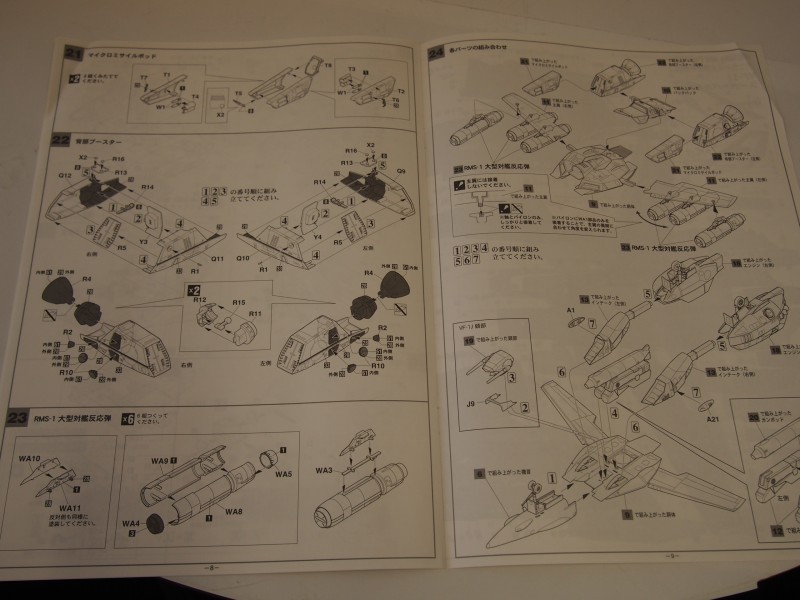

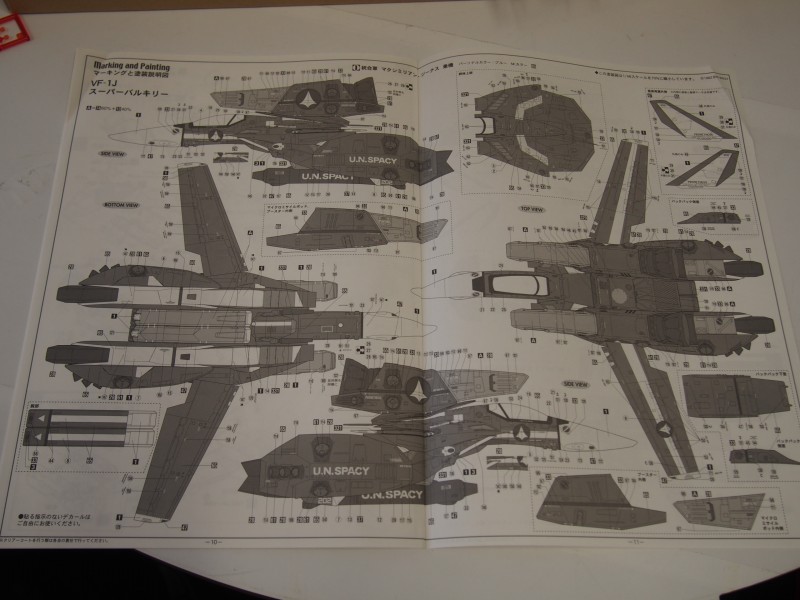

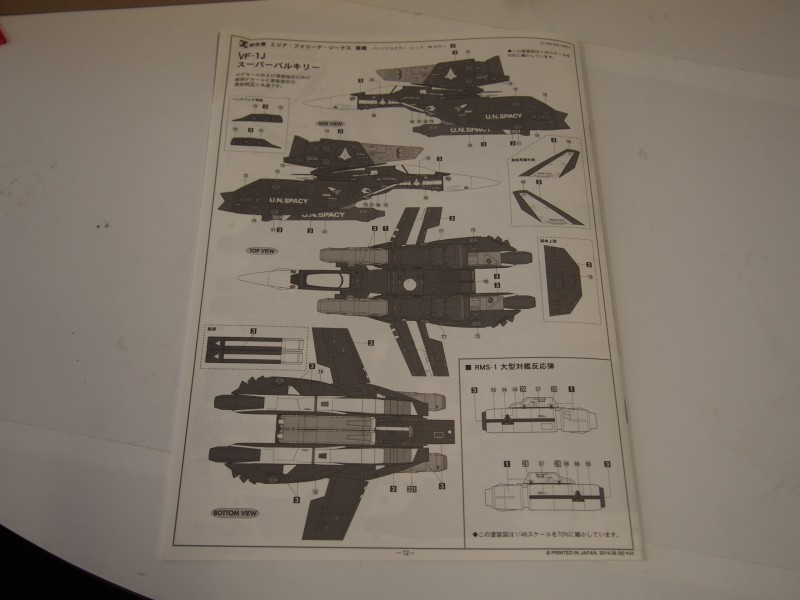

Intermission…
Decisions, decisions… Though this is a Max/Myria version of the kit, I’m going to opt for a stealth scheme which I devised for an old campaign for the Robotech RPG ((yes, I know… 😉 ) which we used to play…
Part two, I’ll also get into a bit of a ramble about variable wings, just because, as I love this tech…
All the best,
Dr. Robodaz.
